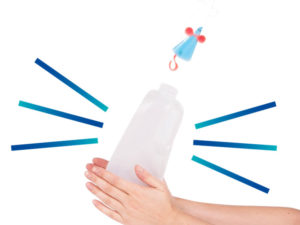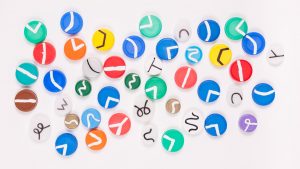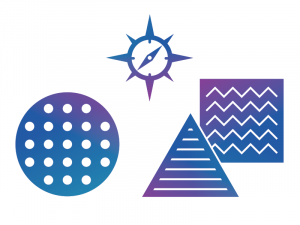World Book Day is an annual celebratory event, which aims to change lives through a love of books and reading, is usually marked with an array of colour and creativity as children dress up as their favourite book characters. For this year’s World Book Day, we have been looking at how science can be explored through stories for early years.
why is storytelling important?
Young children learn through play and storytelling creates a highly playful and meaningful context in which children can develop their skills. Good storytelling has the ability to engage many areas of the brain, so we live stories as an experience that’s actually happening to us. It allows children to use their imagination, creativity and share their thoughts.
It may not be initially obvious, but these are STEM skills (Science, technology, engineering and maths) as well.
There are huge, well documented, benefits to reading. As well as improving literacy, comprehension, language, and speech development, it improves concentration, self-esteem, and listening skills. When it comes to reading at home, it can create a special bond between family members especially when a child is given the time and full attention.
Reading is also a fun and interactive way of helping young children to develop their understanding of the world around them and to spark their curiosity. A way to immerse children in their favourite stories is to extend the experience by doing some hands-on activities which connect to the themes of the book.
Exploring science through stories
Having positive STEM experiences at an early age will help to foster a good relationship with STEM throughout a person’s life, and the earlier this can start the better. Through showing where and how STEM exists in all areas of our life and in our favourite stories, we can help make STEM accessible for younger children.
Below we’ve listed some examples of popular children’s books and matched them with our fun activities to highlight the STEM links that can be found in each story.
And one of the best things about these activities is that they can be done in any setting, at school, at home or out and about in your local area, and can be adapted to work for any age group.
look up by nathan bryon
Rocket wants to be the greatest astronaut, star-catcher and space-traveler who has ever lived, just like Mae Jemison, the first African-American woman in space.
first African-American woman in space.
We think a fun activity to do along with reading Look Up is Rocket Mice. This activity involves shooting a paper rocket high into the air by rapidly squashing a plastic bottle launcher. Not only can you use this activity to explore the topic of forces and develop a child’s investigation and observation skills, but you can also use their imagination and creative skills, through decorating the rockets and the launcher like the rocket from the story.
peace at last by Jill Murphy
With snoring Mrs. Bear, an excitable Baby Bear and a house full of tapping and dripping and ticking, peace is hard to come by- will Mr. Bear ever get a decent night’s sleep?
by- will Mr. Bear ever get a decent night’s sleep?
A fun activity to do along with reading Peace at Last is Ear gongs. You can let children take the lead in this multisensory activity and test how sound travels, changes volume and pitch with the use of simple household materials.
You could ask children if the sound would keep them, or Mr. Bear, awake at night? Or how they could make the sound louder or higher.
The shapes trilogy by Mac Barnett
These books are about Square, Triangle, and Circle, three friends with their own ways of looking at things.
We think a great activity to do along with reading the Shapes Trilogy is Bottle Top Shapes. In this activity, simple lines drawn on bottle tops or jam jar lids provide a fun way into the wonderful world of geometry. You could ask them to make the same shape as their favourite character from the trilogy.
the three little pigs
The Three Little Pigs is a well-known children’s story in which three pigs attempt to escape a wolf by building houses out of different materials. We won’t spoil the ending for you here!
A good activity to do alongside reading The Three Little Pigs is our Materials Great Object Hunt. These object hunts are designed to use observation and communication skills as you look up, down and around to find a different object for each challenge.
designed to use observation and communication skills as you look up, down and around to find a different object for each challenge.
Whilst completing the object hunt you could ask questions such as. Do you think the wolf would be able to blow the little pig’s houses down if it was made of metal? Which materials you’ve seen today would you build a house out of? And why?
If you wanted to get more hands on with materials then Oozing Oobleck could be just the right thing for you. This resource, using cornflower, demonstrates how materials can change quickly. Could this have helped the pig’s houses? We may never know.
explore more
These are just a few books and activities that we have connected, but there are many more resources and books that can be linked. Why not look at home, school or at your local library for more links. For example, next time you’re reading a book about treasure hunting you could connect it to our magnetic maze activity.
These resources are centered around World Book Day, but they can be used all year round.
If you wish to learn more about the power of reading to children click here for a blog written by the National Literacy Trust.
Our Early Years blog series shares insights from the research, development, and delivery of our work across the Science Museum Group with early years audiences.
What to read next
If you’ve enjoyed this blog, here are some we suggest you need you read next.